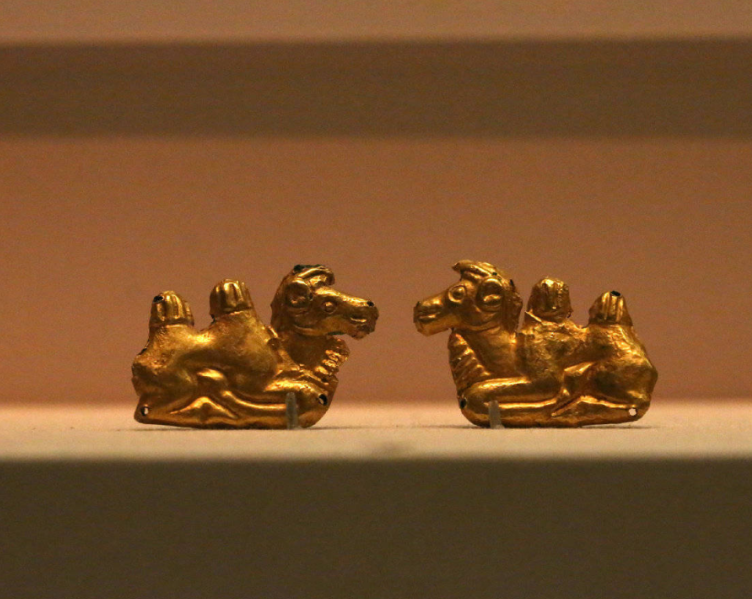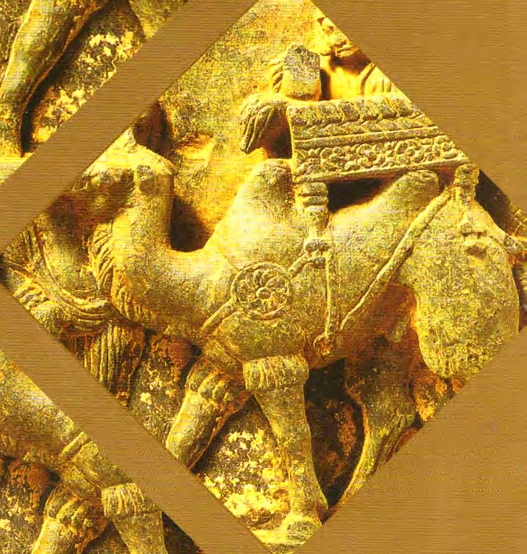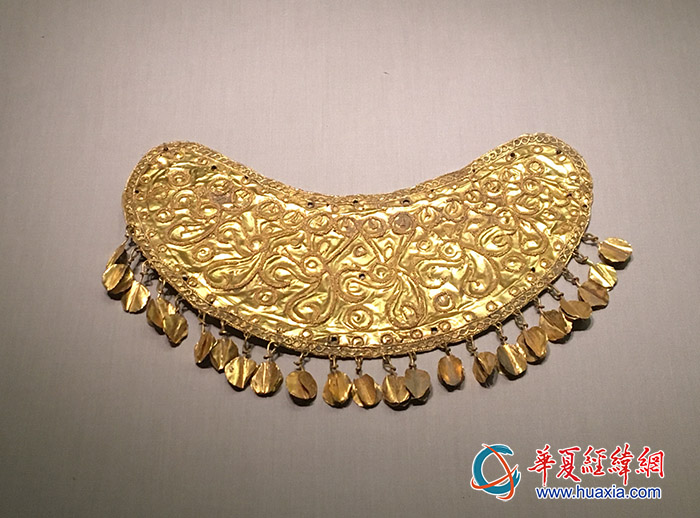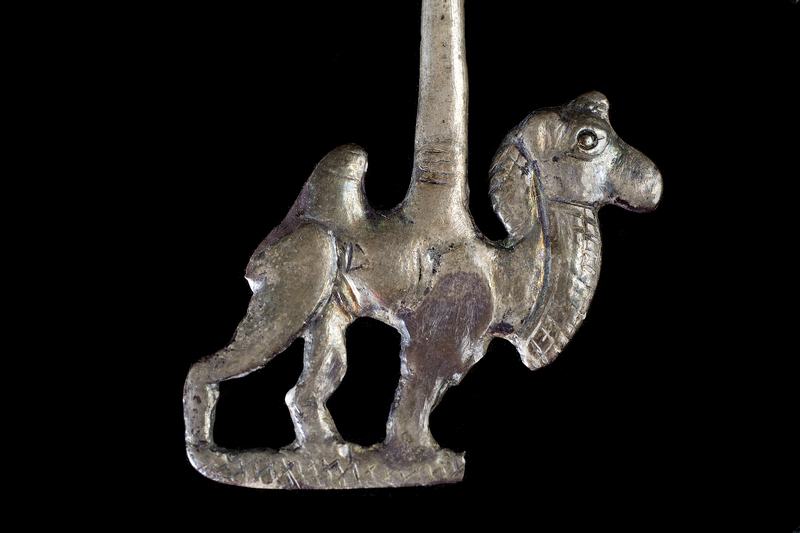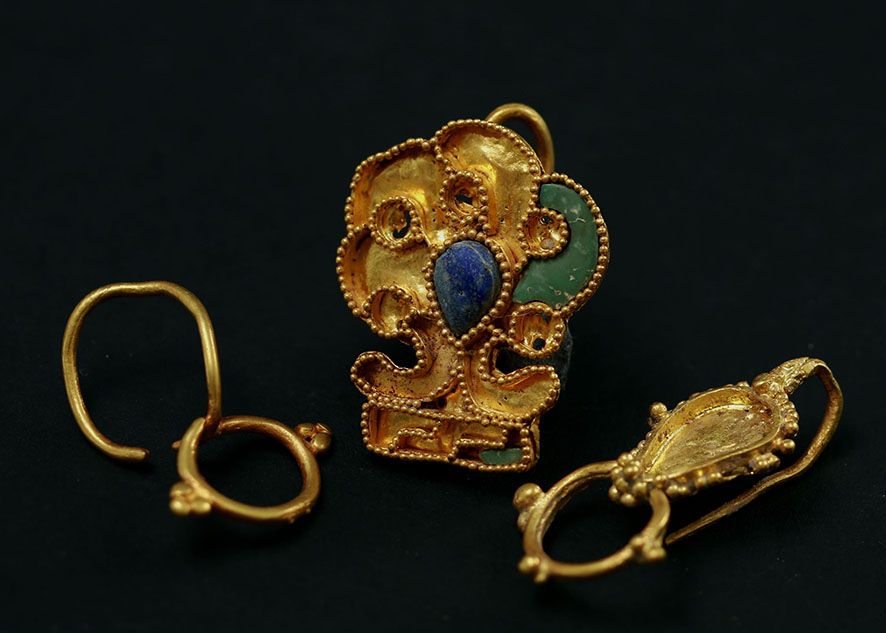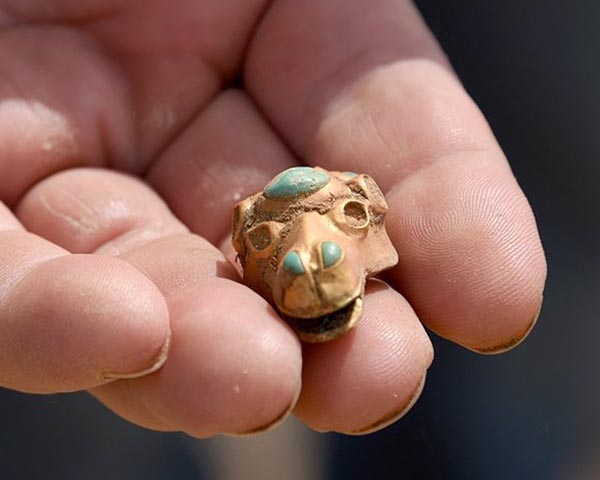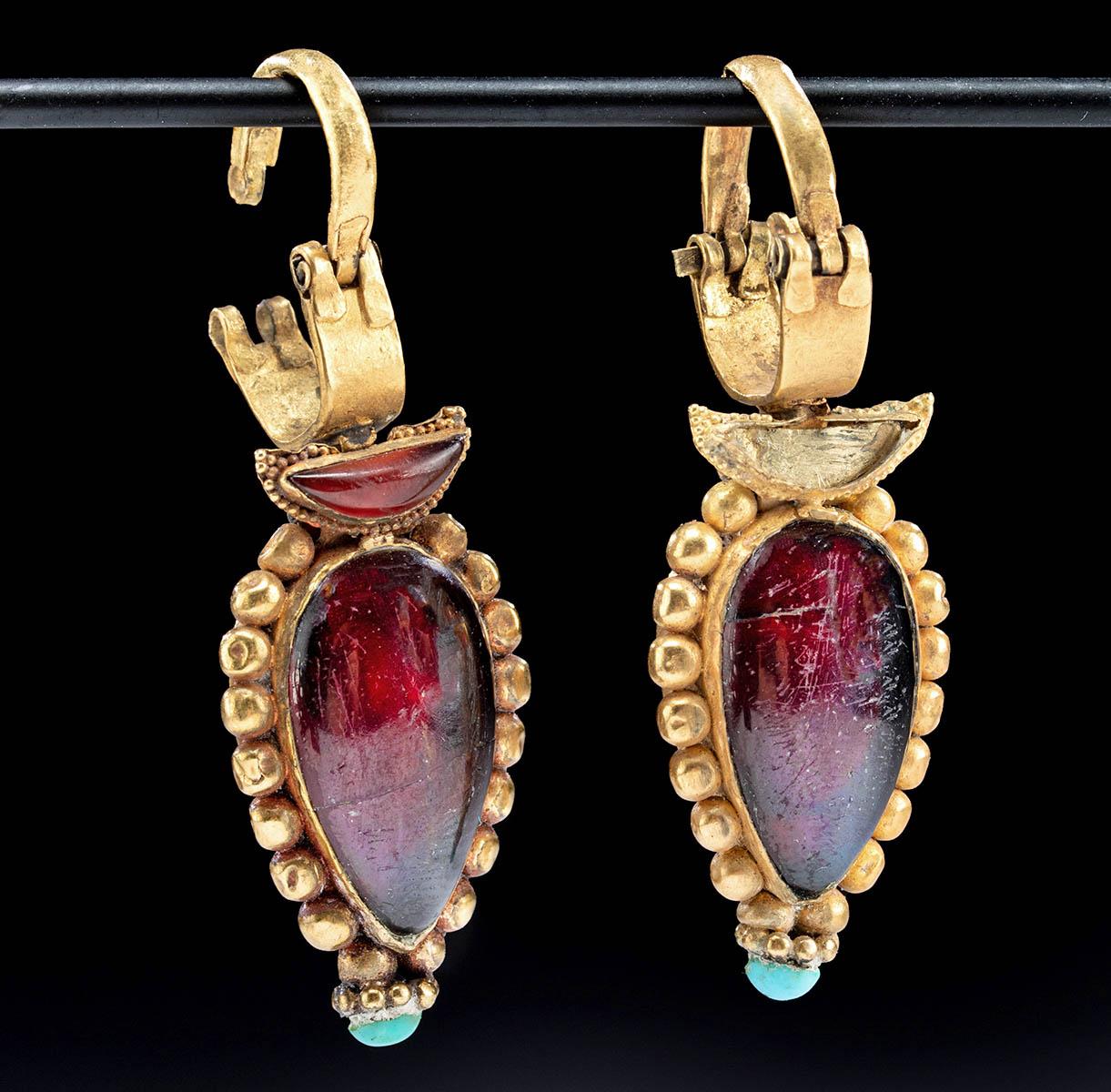
Bronze plaque with a scene of struggle between two-humped camels.
Besoba burial ground, Kazakhstan. 6th-5th century BCE.
[Религии Центральной Азии и Азербайджана. Том I. Традиционные верования и шаманизм, Самарканд – 2016]

After Francfort, H.-P.

Gilded bronze plaque with Bactrian camel
2nd–1st century BCE
North China

1 – Могильник Ново Калкашевский -II. Курган № 2/1990.
Погребение № 5. Уфа, НМРБ, инв. № ОФ 17013/17.
2 – Могильник Донской. Курган № 1/1991. Погребение № 21.
Ростов на Дону, РОМК, инв. № 21728.
Фото:1 – М.Ю. Трейстер, 2015; 2 – РОМК
M. Treister, „Imports“ from Central Asia and Siberia in the Burials of Asian Sarmatia of the 2nd–1st Centuries BC
https://www.academia.edu

Gold plaques with fighting camels [Kurgan 1], and gold ornaments with Bactrian camels (photo on the right) from Filippovka, 4th century BCE.


https://www.academia.edu

[read more]

Inlaid gold plaque depicting a figure driving a camel; 1.9 x 1.6 cm.
From Takht-i Sangin, the Oxus Temple [Tajikistan]

“4th century BC-1st century AD. A bronze belt plate with openwork seated camel with hatching on the body to represent fur; border of plate decorated with wave pattern; to the front is hook in the shape of a bird head, small lug to the rear. From a London, UK, collection; acquired 1970s. 31 grams, 73mm (3″). Fair condition. Rare.”

Plate in the shape of a lying Bactrian camel. Black patina. Ordos, 3rd-1st century BCE 4.2 x 3.8 cm
Bibliography EC Bunker, Thaw Collections, op. cit. : n ° 92.An Ordos bronze belt plaque in the form of a reclining Bactrian camel. 3rd-1st century BC
Auction house BOISGIRARD – ANTONINI PARIS
- Francfort, H.-P., 2020, “Les vestiges et les représentations du Camelus bactrianus en Asie centrale entre le IIIe et le Ier millénaire av. J.‑C.”, in: , Lyon, MOM éditions, p. 27-54. https://www.academia.edu/resource/work/44417969
- The Silkroad in the History of the Ancient Period/Die Seidenstraße in der Geschichte der Antike, [in:] Die Krim. Goldene Insel im Schwarzen Meer. Begleitbuch zur Ausstellung in Bonn, Darmstadt 2013: 67-87. Marek Jan Olbrycht https://www.academia.edu
- M. Treister, „Imports“ from Central Asia and Siberia in the Burials of Asian Sarmatia of the 2nd–1st Centuries BC https://www.academia.edu
- Религии Центральной Азии и Азербайджана. Том I. Традиционные верования и шаманизм, Самарканд – 2016

